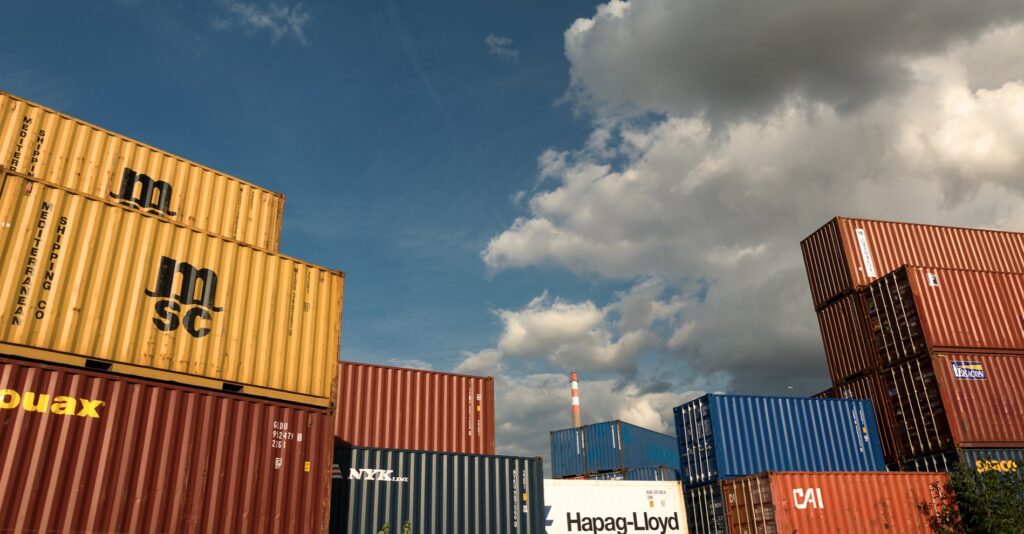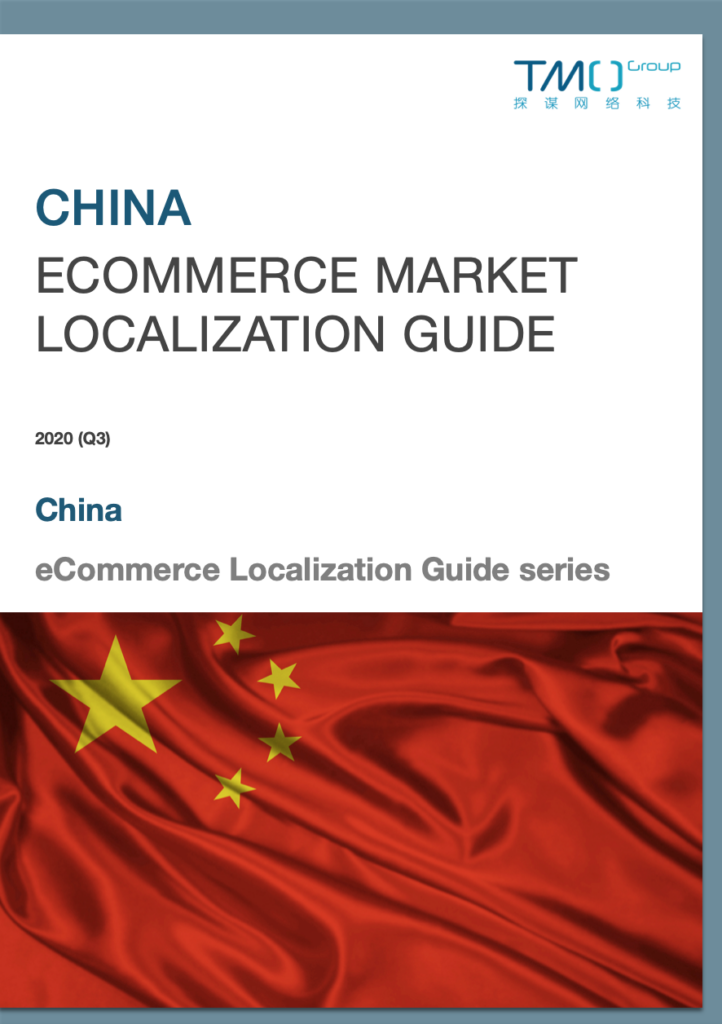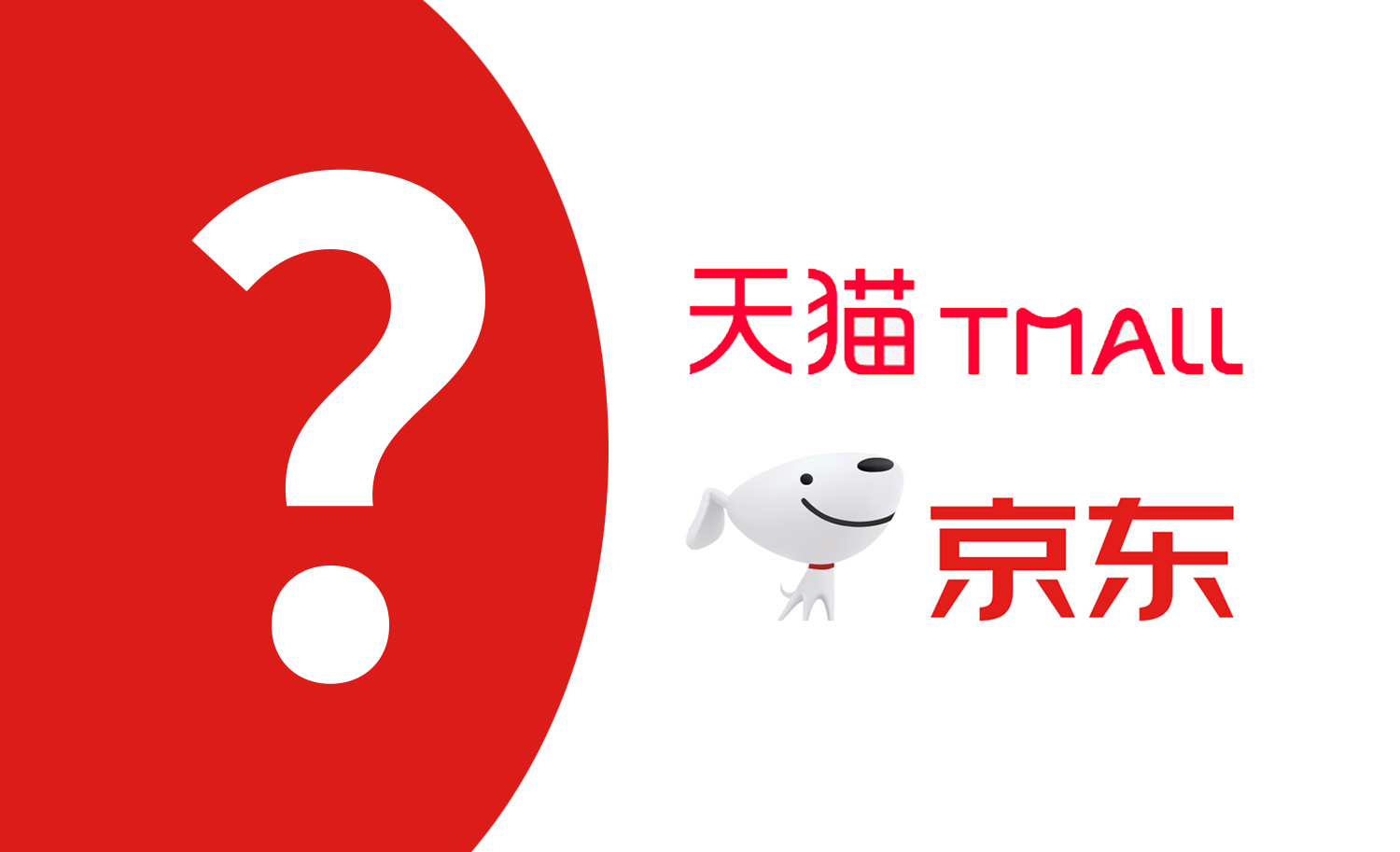Chinese cross-border eCommerce has become an opportunity few brands want to pass up. For years, accessing the China market meant big investments and jumping through complicated hoops. But cross-border eCommerce in China has opened up new, easier paths in many cases. Building on this, the government is offering more and more support for cross-border channels through incentives and regulatory relaxation.
In this blog, we give a brief overview of the state of cross-border eCommerce in China, as well as some of the latest developments.
Background
China has become the 'promised land' of eCommerce, not just in terms of vast transactional volume and huge numbers of annual sales, but also in terms of rapid adoption of cutting-edge tech and a population that fully embraces eCommerce in many parts of their daily lives. eCommerce retail sales have been estimated by eMarketer to reach 2.4 trillion USD in 2020, after year on year growth accelerating from 31% in 2018 to 44% in 2020.
eWallets like Alipay and WeChat Wallet have penetrated the market to a remarkable degree, and become the norm for in-person and remote payment. Statista claims the total number of mobile payment users was more than 765 million in March 2020.
Domestic B2C eCommerce is overwhelmingly popular in China, and surpassed most other developed countries years ago. Once a land of near-total C2C dominance, B2C surged in the 2010s to make up almost three quarters of online retail by the end of the decade.
But for many consumers, domestic product availability is lacking. Some major brands and products still haven't made their way to China through domestic channels, and consumers are growing more sophisticated in taste and shopping habits. Additionally, there are some legal restrictions on domestic products (such as cosmetics requiring animal testing, something some Western brands refuse to carry out) that make domestic sales unideal.

Advantages to Your Business
Cross-border eCommerce offers a comparatively accessible entry strategy with two primary advantages over traditional import-based business models. First of all, cross-border eCommerce is subject to fewer import taxes. Second, some products are subject to fewer compliance checks, and so an easier value chain.
Since 2016, China has also operated a fast-increasing number of Cross-border eCommerce Pilot Zones. Each year more of these zones open up, with the total number breaking 100 in 2020. Companies that set up within these zones can enjoy tax incentives relevant to their industry, easier and quicker customs clearance, facilitated logistical services, and other benefits.
China also maintains frequently updated Positive Lists for cross-border eCommerce. These lists contain 1,321 product categories which can be imported into one of approved cross-border eCommerce bonded warehouse zones across China or shipped from an overseas distribution centre linked to Chinese customs without applying for an import license or import certificate.
If your product falls under the positive list you will enjoy a referential tax rate of 11.2 % from 2019. If you wish to know whether your product is on the Positive List, then please visit TMO Group’s ‘Positive List Helper’.
Due to the aforementioned conveniences and reduced import taxes, the costs associated with the launch of new products to the Chinese market are exponentially lower. According to estimations by experts, costs can be 20% or 30% lower. Meanwhile, product clearance and dispatch times at the border are also considerably faster. In these cases, an overseas legal entity exports the products to a bonded warehouse or via a direct mail model.

Channels to Choose From
Even within the cross-border model, there are multiple ways to sell to China. For example, when it comes to logistics, you can opt to use the country's many bonded warehouses to prevent customs clearance from slowing down deliveries. Or, to keep costs to a minimum, you could opt for the direct purchase model, where each order is handled individually from your overseas base.
Similarly, there are different ways to approach how to sell to Chinese consumers. Cross-border marketplace platforms such as Alibaba's Tmall Global post impressive sales figures each year. But an increasing number of SMEs are looking at setting up their own cross-border Mini-Programs on apps like Tencent's social media behemoth WeChat. These programs can offer a number of advantages to brands wanting to avoid setting up on a marketplace. On a marketplace, it can often be expensive to set up, and hard to stand out from the crowd. This makes standalone brand eCommerce web-stores or Mini-Programs a more tempting proposition. For more on the latter, check Mini-Programs and Brand eCommerce: The Perfect Match?How can Mini-Programs help your brand succeed in China, and how do they compare to alternatives like standalone apps or H5 web-stores?our article on the subject.

Consumer Appeal
The appeal of Cross-border eCommerce in China for many consumers is mainly down to product availability, quality, and authenticity.
Some desirable foreign products are simply not sold in China, for a variety of reasons. In such cases, cross-border eCommerce can make such products available to Chinese consumers. This is especially true since the Chinese government has restricted 'daigou'. This previously popular sales model had individuals personally buy products while abroad, bring them back into the country with them, and then sell them online.
There is also still a strong perception that overseas products are generally superior in quality. This is especially true in some industries such as fashion, cosmetics, and health supplements. Therefore, import-only foreign products of this nature can carry the sense of inherently being better than what is available domestically.
And finally, despite very impressive progress on this front in recent years, counterfeit products remain an issue in China. Purchasing goods cross-border is seen by some as a guarantee. A way to protect against any chance of not ending up with the genuine article.
Jumping on Board
The fact is, China's cross-border eCommerce sector is already mature at this point. Support does continue to expand, as the government welcomes more new companies to sell to China this way. However, the market is also becoming increasingly competitive.
That means that going in blind isn't an option. Doing your research and formulating a strategy are essential. To help companies succeed when entering the Chinese market via cross-border eCommerce, we at TMO Group put together China eCommerce Market GuideThis in-depth China eCommerce Guide can help your company rise to the challenges of the Chinese market and sell via cross-border. Updated for 2020!a comprehensive guide to eCommerce in China. Additionally, our team of experts can help tailor a strategy to your business and its needs through our consulting services.













